2023 is a challenging year for the textile and garment industry as global demand for textile and garment products continues to decline due to economic difficulties after the COVID-19 pandemic and the negative impact of the Russia-Ukraine conflict, causing people in many countries to tighten their belts. However, Vietnamese textile and garment enterprises have made constant efforts to overcome difficulties, creating breakthroughs in both markets and products.
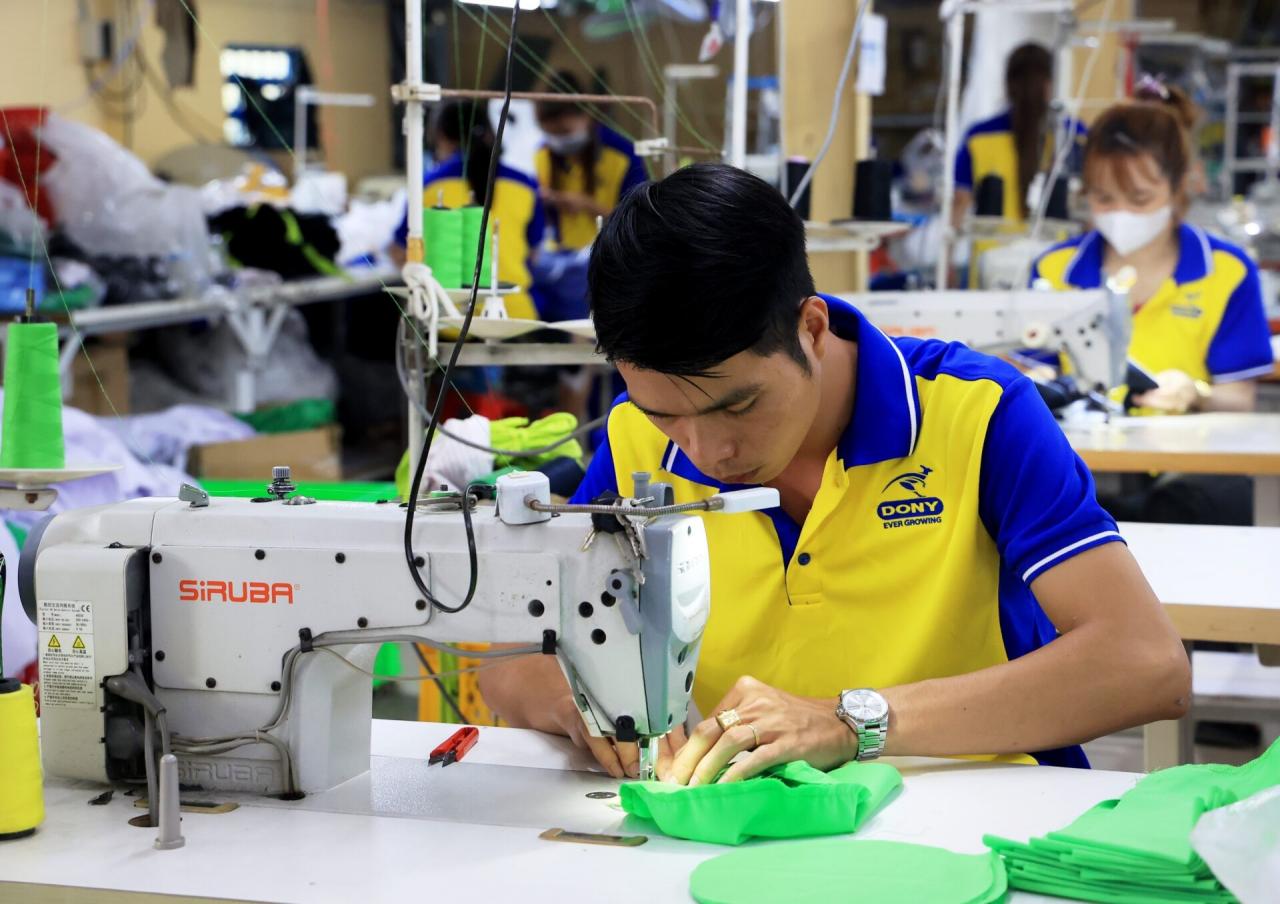
A year of overcoming difficulties for Vietnam's textile and garment industry. Illustration photo: Hong Dat - VNA
Efforts to overcome difficulties
According to estimates by the Vietnam Textile and Apparel Association (VITAS), in 2023, the total export turnover of the textile and garment industry is estimated to reach over 40 billion USD, down more than 9% compared to 2022 (reaching over 44 billion USD).
Speaking at a press conference in Hanoi on November 23, Mr. Vu Duc Giang, Chairman of VITAS, said: “Despite the decline in exports, with the difficulties this year, this figure is considered a breakthrough and shows the great efforts of the business community. We have made a breakthrough in both markets and products. Never before has the Vietnamese textile and garment industry exported so much to 2023 markets with 104 regional markets.”
Mr. Giang added that in the context of a series of major markets being stagnant and orders decreasing, businesses have been forced to seek new markets such as the African market or Muslim countries. Previously, the Russian market was not much interested but this year there has been an improvement. Or like Bangladesh, although this is a textile producing country, Vietnam still exports synthetic fibers, recycled fibers... to this market.
According to VITAS report, the US is still the largest export market of Vietnam's textile and garment industry, with an export value of over 11 billion USD. Next are the Japanese markets (about 3 billion USD); South Korea (2.43 billion USD); the European Union (EU) (nearly 2.9 billion USD). These are the 4 key markets of Vietnam's textile and garment industry at present.
Export turnover to other markets also reached quite high levels, of which Canada reached about 850 million USD, China 830 million USD, Cambodia 612 million USD, the United Kingdom 503 million USD, Australia 351 million USD, Russia 283 million USD, Indonesia 279 million USD. The markets of Thailand and Hong Kong (China) also reached more than 200 million USD.
In terms of goods, businesses have made efforts to diversify export items by exporting 36 garment items. In the first 9 months of 2023, jackets were still the main export item with an export turnover of about 4.385 billion USD, pants of all kinds reached 3.853 billion USD, shirts 1.879 billion USD, underwear 1.453 billion USD, skirts of all kinds over 900 million USD, work clothes over 800 million USD, shorts over 700 million USD, pajamas 378 million USD...
“Diversifying markets, products, customers and partners is a step forward for Vietnam’s textile industry to reduce its dependence on large markets. Markets that previously did not import from Vietnam now import from Vietnam, creating a position for Vietnam in the global market,” Mr. Vu Duc Giang emphasized.
Hope for improvement
Assessing the prospects for 2024, Mr. Vu Duc Giang said: “We expect the market to be more prosperous in 2024.” However, the Chairman of VITAS emphasized that to seize that opportunity, businesses in the industry need to implement 5 important measures.
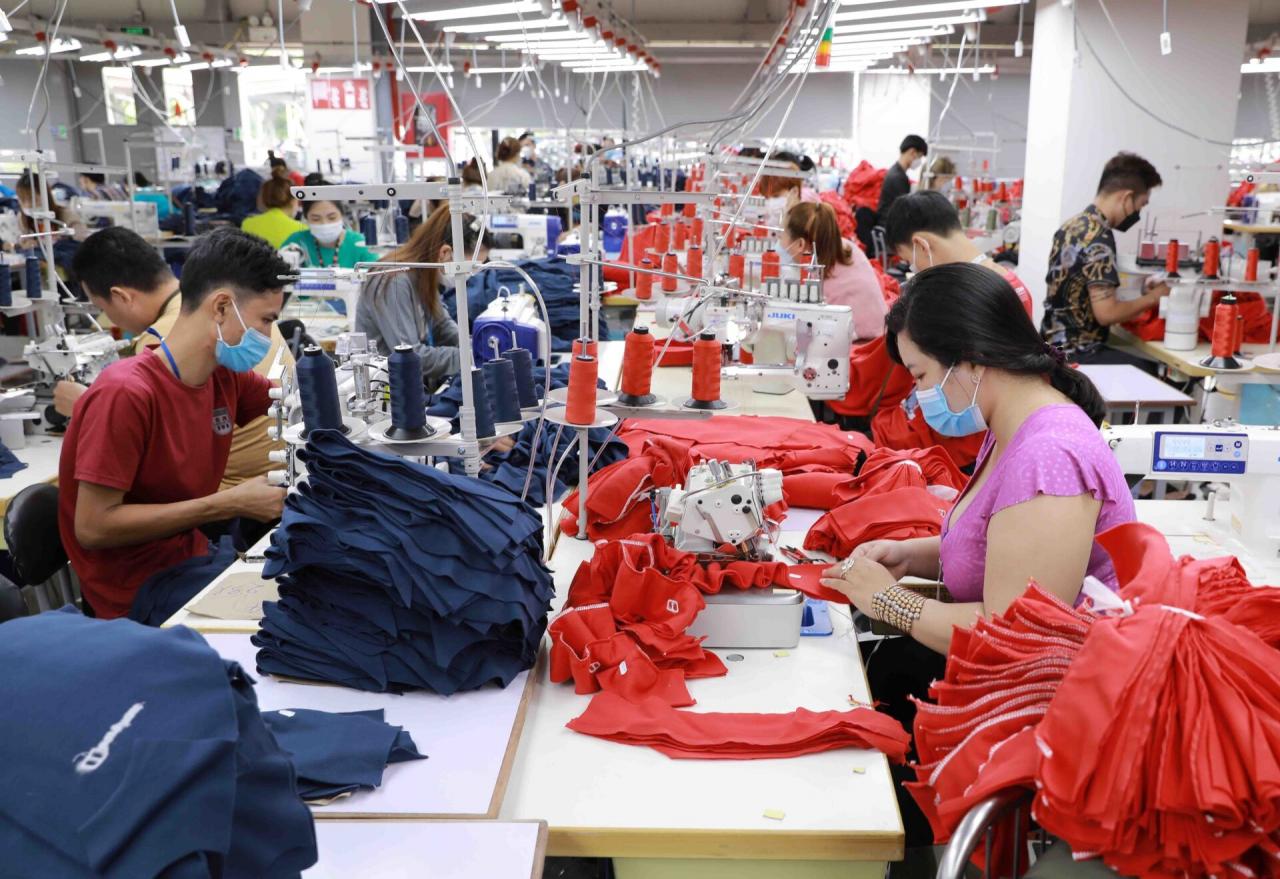
Spectre An Giang Garment Technology Company Limited in Binh Hoa Industrial Park (An Giang). Photo: Vu Sinh - VNA
Among these, the following measures are noteworthy: Continuing to diversify markets, diversify customers, and diversify products; Sustainable development goes hand in hand with development according to global requirements on greening, reducing greenhouse gas emissions, continuing to invest deeply in electric boiler systems, reducing fossil fuel combustion; Focusing on investment solutions in automation technology in some production lines, fast delivery, small and high-quality product codes; Focusing on solutions for the fashion industry...
Mr. Giang also affirmed that it is necessary to take Ho Chi Minh City and Hanoi as the center of the fashion industry, planning this field to create a developed fashion industry; in which, paying attention to, shaping and developing strategies for a number of Vietnamese brands not only to dominate in Vietnam but also to bring them to the world market. From these centers, it is necessary to build resources for model development, 3D design, and digital management technology.
According to Mr. Giang, currently, many businesses have invested but ideas, operations and resources to operate are still lacking.
Finally, the Vietnamese textile and garment industry is on the path of comprehensive and global openness. Therefore, Mr. Giang believes that businesses must comply with and quickly adapt to global rules of the game, new requirements from brands, including being more proactive in developing ideas, designs, and proactively controlling input materials in production. Only then can Vietnamese textile and garment benefit from the 0% tax rate from free trade agreements./.
Vu Hoa


![[Photo] Hungarian President and his wife take a walk and enjoy the view of Hoan Kiem Lake](https://vphoto.vietnam.vn/thumb/1200x675/vietnam/resource/IMAGE/2025/5/28/b9c83fbe6d5849a4805f986af8d33f39)
![[Photo] General Secretary To Lam receives Hungarian President Sulyok Tamas](https://vphoto.vietnam.vn/thumb/1200x675/vietnam/resource/IMAGE/2025/5/28/58cdfabf66514ef4bce5a13a285e6f6f)
![[Photo] President Luong Cuong holds talks with Hungarian President Sulyok Tamás](https://vphoto.vietnam.vn/thumb/1200x675/vietnam/resource/IMAGE/2025/5/28/0f603676be6444aa9f52d4bd32582b4d)
![[Photo] Close-up of the project connecting 3 key highways in the South](https://vphoto.vietnam.vn/thumb/1200x675/vietnam/resource/IMAGE/2025/5/28/c4b0bc977e964bb79d08b4e836974495)
![[Photo] Welcoming ceremony for Hungarian President Sulyok Tamas and his wife on an official visit to Vietnam](https://vphoto.vietnam.vn/thumb/1200x675/vietnam/resource/IMAGE/2025/5/28/7956bacf4a3e4bde8326cb8f72a3b26c)

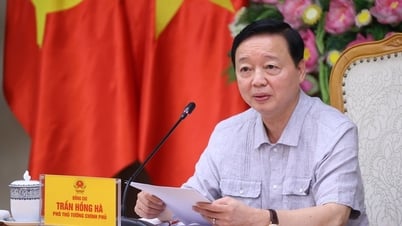





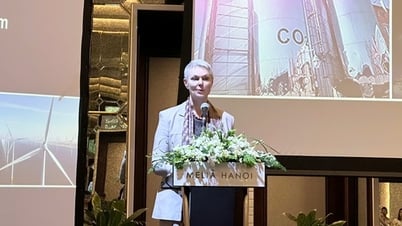
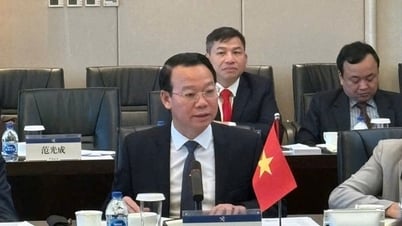
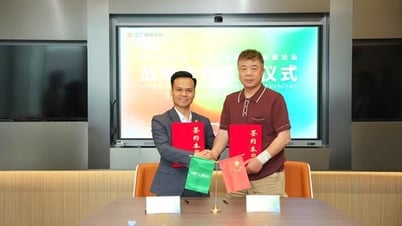




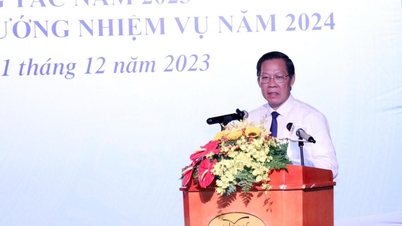

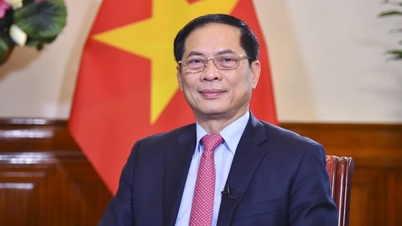
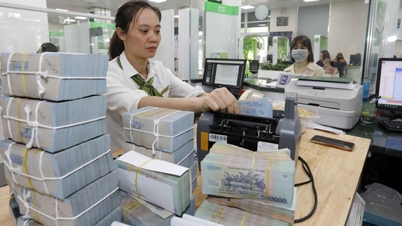































![[Case Study] VIMC – 30-year journey of overcoming waves and reaching far](https://vphoto.vietnam.vn/thumb/402x226/vietnam/resource/IMAGE/2025/5/28/ac45a93a62884eec85471e6c89ef521a)

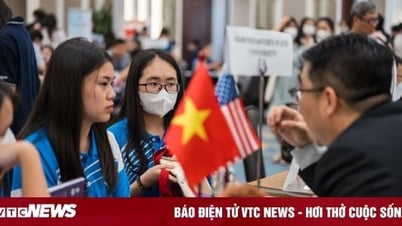













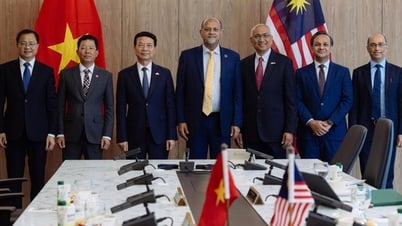



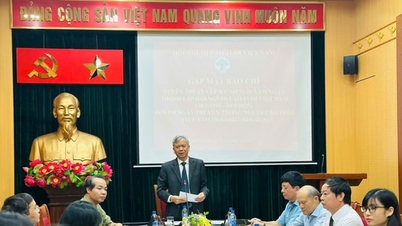

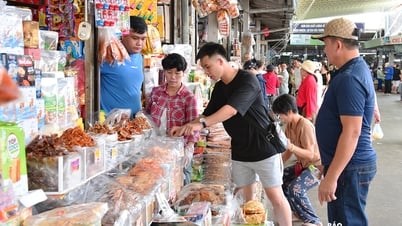

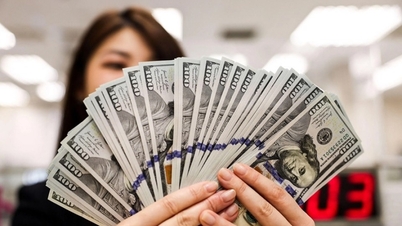










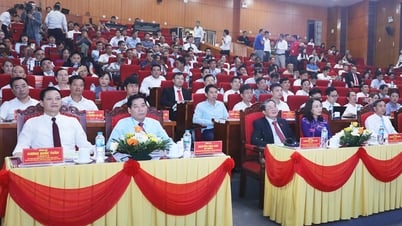
Comment (0)